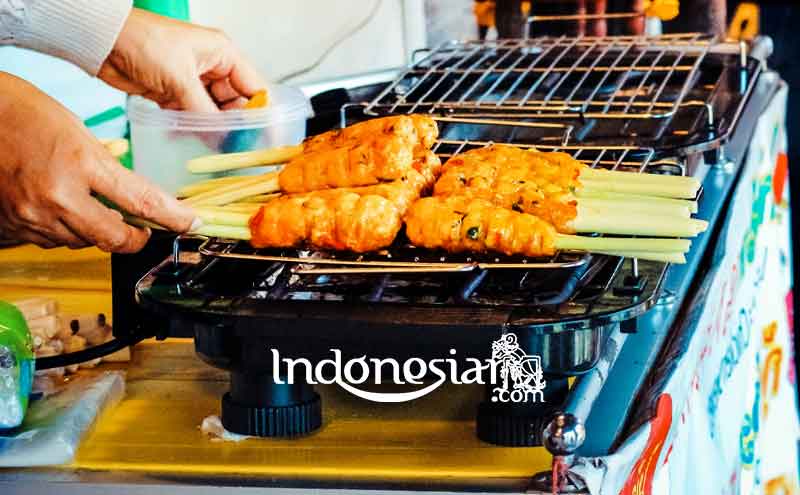News & Events
Why Eid al-Fitr Celebrations in Indonesia are Identical With Eating Ketupat
- March 20, 2025
- Posted by: ASEAN
- Category: Budaya INDONESIA

In Indonesia, diamond is one thing that is very identical with Eid. Every time I celebrate Idul Fitri, almost every house has food available on this one. Food made from woven coconut leaves or pandan leaves filled with rice, does look very simple. But, it becomes the most sought after when a natural day arrives. Actually, how do the origins of the diamonds become typical Eid?
This food was introduced when Islam entered Java. Sunan Kalijaga is thought to introduce this food to Javanese people. He civilized the Bakda twice, namely the Lebaran Bakda and the Kupat Bakda. Kupat Bakda starts a week after Eid. On that day, called Kupda Kupat, in Java, at that time almost every house was seen weaving rhombus from young coconut leaves.
After it is finished cooking, the kupat is delivered to an older relative, becoming a symbol of togetherness. According to experts, a diamond has several meanings, namely:
- Judging from the complexity of woven diamond wrap, it reflects a variety of human mistakes.
- After opening, you will finally see white rice, which reflects cleanliness and purity of heart after asking forgiveness for all mistakes.
- Viewed from the shape of the diamond, it reflects perfection, when viewed from the form of diamond. All that is connected with the victory of Muslims after a month of fasting and finally step on a fitful day.
- Because kupat is usually served with side dishes with milk, then in Javanese rhyme some say “Kupat santen”, Kula lepat nyuwun ngapunten (I am wrong to apologize).
- And, the use of coconut as a packaging also has a hidden meaning. The Arabic mushroom derived from the word “jaa a al-nur” means “the light has come”. Whereas the Javanese people interpret janur with “sejatine nur” (light). In a broader sense it means the sacred state of man after getting enlightenment during the month of Ramadan.
Ketupat is also closely related to Javanese tradition towards the 1st day of Shawwal. So the diamond or kupat here can be interpreted as “behavior” or four actions. Papat’s practices are Eid, overflow, fused and scattered.
The purpose of the four actions, are; first, Eid, from the word width which means finished. It is intended that 1 Shawwal is a sign of the completion of fasting, so that date is commonly referred to as Eid.
Then overflow, means overflow, like water in a jar, the contents are abundant, so it spills down. This is a symbol that gives a message to give a portion of his wealth to the poor, that is charity with sincerity such as spilling / overflow of water from the jar.
Then fused, the intention is that all errors can be melted (exhausted) and off and can be forgiven on that day. The last is laburan. In Java, labur (lime) is a material for whitening walls. This is a symbol that gives a message to always maintain personal and mental hygiene.
So, after implementing the fusion (mutual forgiveness of forgiveness) ordered to maintain good attitudes and actions, so that it can reflect good character as well. That is the origin of the diamond into a symbol of Eid.
In other countries, diamonds are not a characteristic of their Eid. Each country turns out to have different characteristics. One of them in Egypt. If in Indonesia is identical with the diamond, well, in Egypt the typical food is ranja. Namely food made from salted fish and pickled pickles.
Leave a Reply Cancel reply
You must be logged in to post a comment.